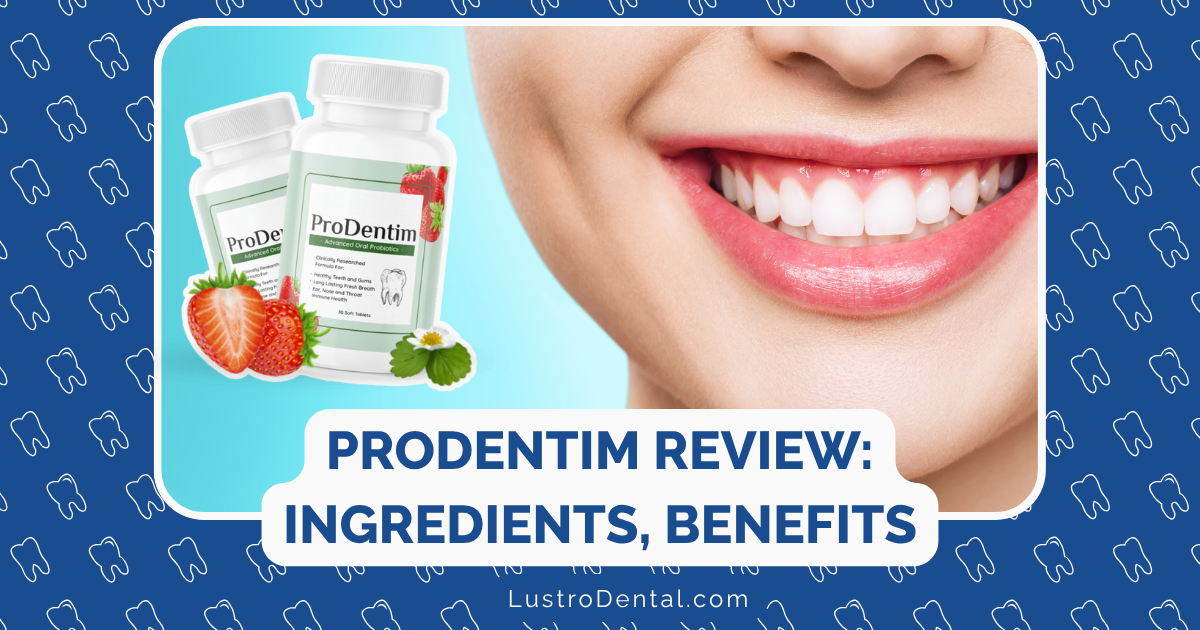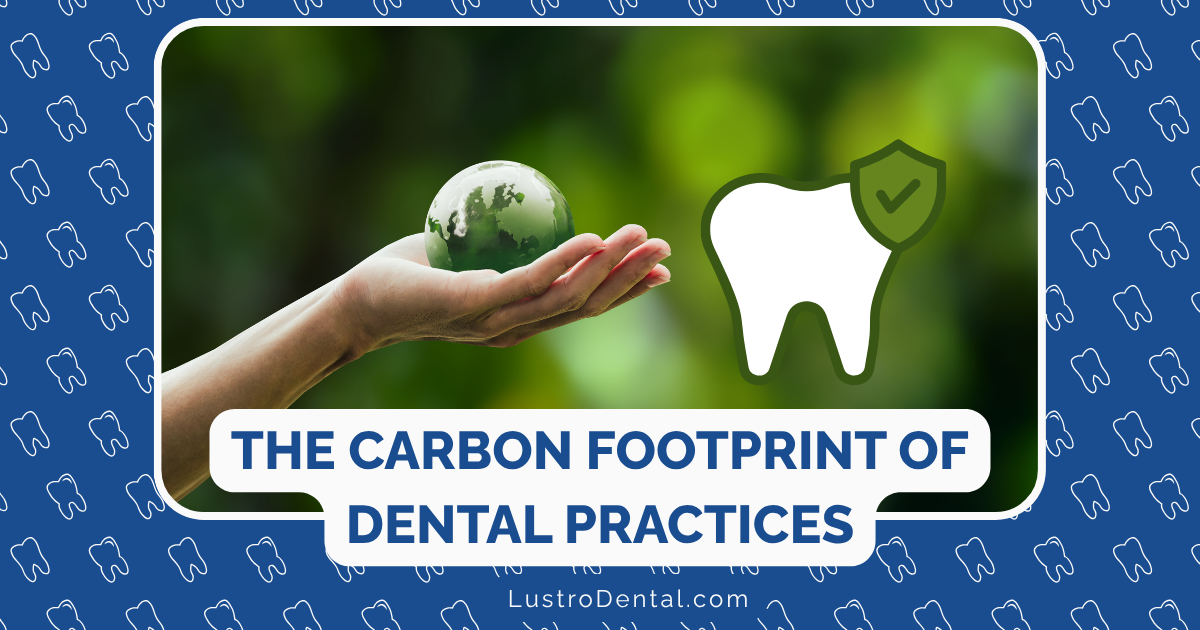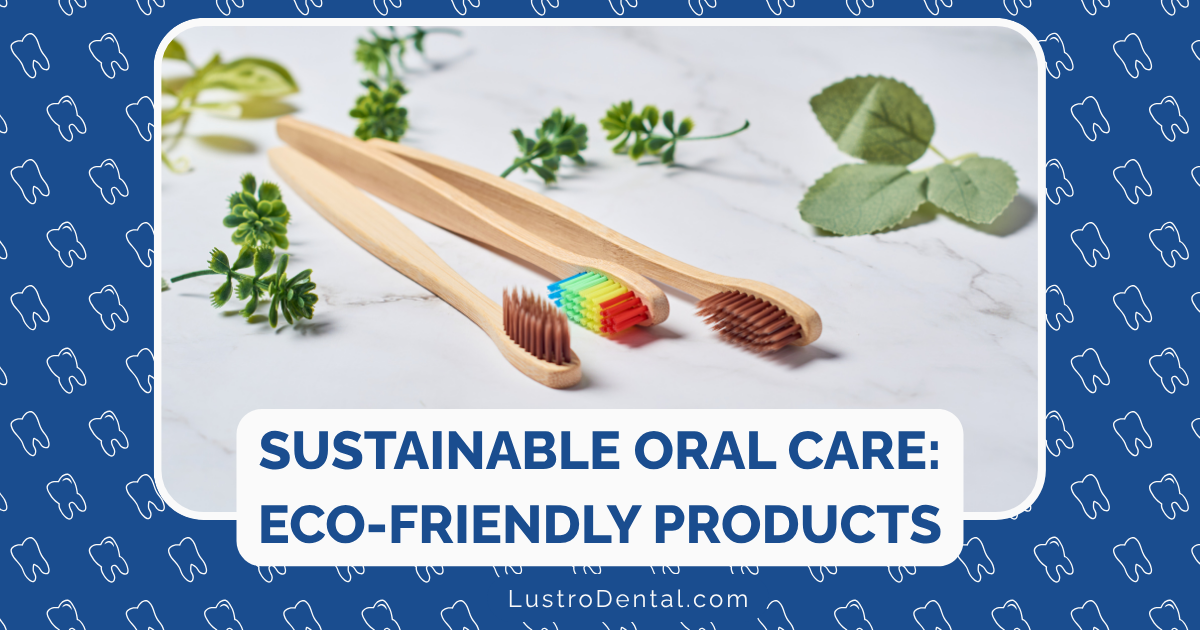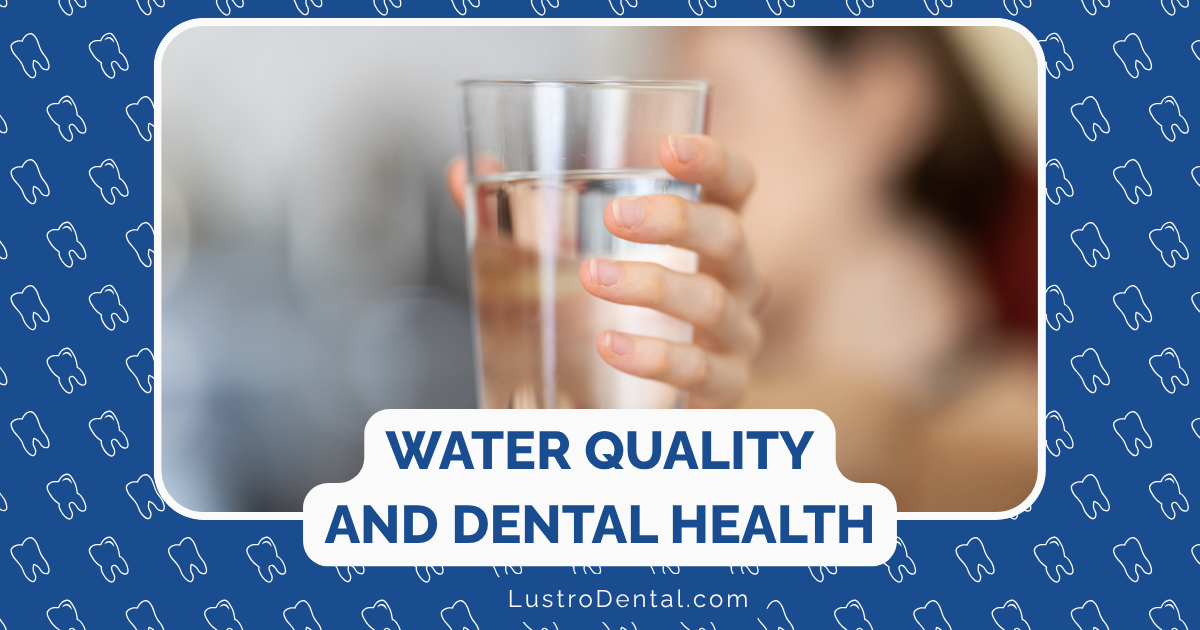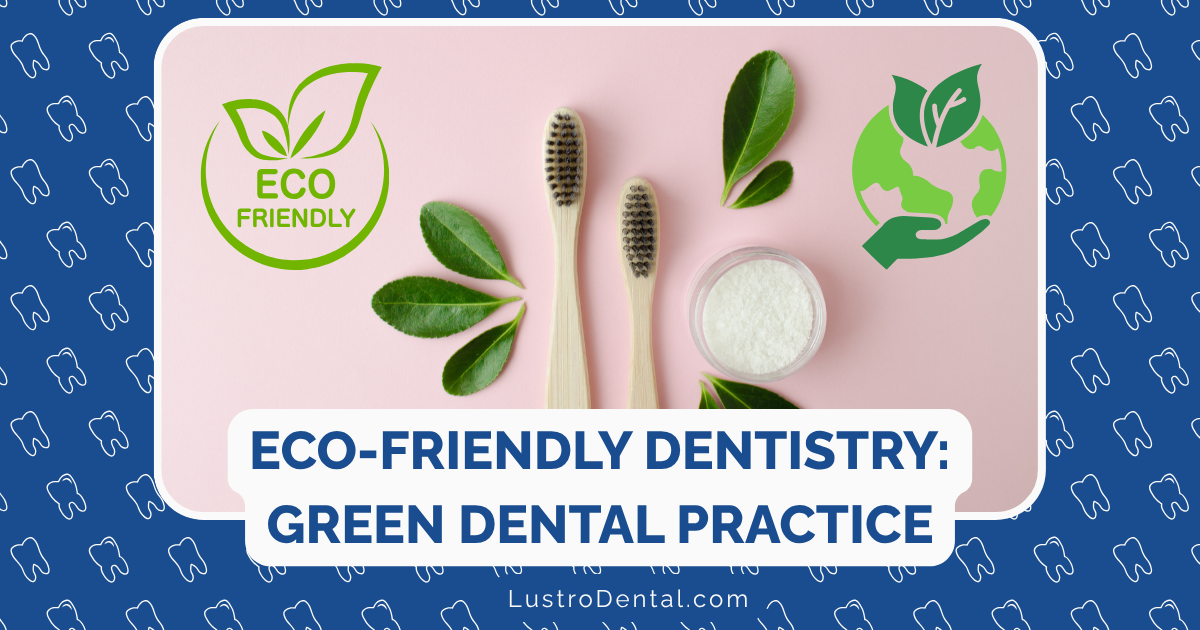Reducing Exposure to Dental Toxins: A Practical Guide
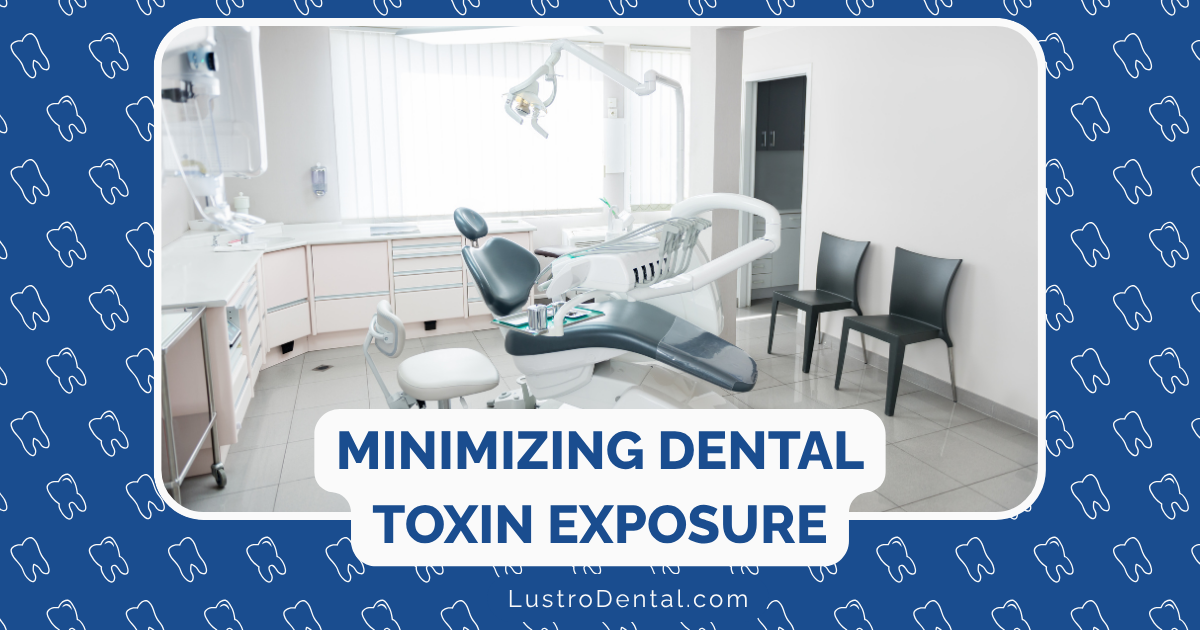
When we think about health risks, dental materials aren’t usually the first things that come to mind. Yet the materials used in dental procedures can contain substances that may affect our overall health. As a dental health advocate, I believe patients deserve to be informed about potential toxins in dental materials and how to minimize exposure while maintaining excellent oral health.
This practical guide will help you understand common dental toxins, their potential health impacts, and concrete steps you can take to reduce your exposure without compromising your dental care.
Common Dental Toxins: What You Should Know
Several materials used in conventional dentistry have raised health concerns due to their chemical composition. Let’s examine the most common ones:
Mercury Amalgam Fillings
What they are: Often called “silver fillings,” dental amalgams contain approximately 50% elemental mercury combined with other metals like silver, tin, and copper. Despite their declining use, millions of people still have amalgam fillings in their mouths.
Potential concerns: Mercury is a known neurotoxin that can release small amounts of vapor during chewing, brushing, or grinding. According to research published in the Journal of Occupational Medicine and Toxicology, mercury vapor can be absorbed into the bloodstream and may accumulate in organs including the brain and kidneys.
The U.S. Food and Drug Administration (FDA) has acknowledged potential risks for certain high-risk groups, including:
- Pregnant women and their developing fetuses
- Women who are planning to become pregnant
- Nursing women and their newborns
- Children, especially those under six years old
- People with neurological disorders
- People with kidney dysfunction
- Those with known sensitivity to mercury or other components of amalgam
Bisphenol A (BPA) in Composite Fillings
What it is: BPA is a chemical used in many plastic products, including some composite (white) dental fillings and sealants. It’s used as a building block in dental resins.
Potential concerns: BPA is an endocrine disruptor that can mimic estrogen in the body. Research published in the Journal of Dental Research has found that some composite fillings can release BPA, particularly immediately after placement. Studies have linked BPA exposure to various health issues, including:
- Reproductive system abnormalities
- Increased risk of certain cancers
- Metabolic disorders like obesity and diabetes
- Cardiovascular problems
- Neurological effects
Fluoride in Dental Materials
What it is: Fluoride is added to many dental products, including some fillings, cements, and preventive treatments, due to its ability to strengthen tooth enamel and prevent decay.
Potential concerns: While fluoride in appropriate doses is beneficial for dental health, excessive exposure has been linked to dental fluorosis (discoloration and pitting of tooth enamel) and, in very high doses, skeletal fluorosis. Some research also suggests potential neurological effects from high fluoride exposure, though this remains controversial.
Nickel and Other Metals in Orthodontics and Crowns
What they are: Metals like nickel, chromium, and cobalt are commonly used in orthodontic appliances, crowns, and bridges.
Potential concerns: These metals can cause allergic reactions in sensitive individuals. According to the American Contact Dermatitis Society, nickel is the most common contact allergen in developed countries, affecting approximately 10-20% of the population.
Practical Steps to Reduce Your Exposure
Now that we understand the potential concerns, let’s explore practical steps to minimize exposure to dental toxins:
1. Discuss Material Options with Your Dentist
What to do: Before any dental procedure, have an open conversation with your dentist about the materials they plan to use.
Questions to ask:
- “What materials do you recommend for my fillings/crowns/etc.?”
- “Do these materials contain mercury, BPA, or high levels of fluoride?”
- “What biocompatible alternatives are available?”
- “What are the pros and cons of each option in my specific case?”
Why it matters: Many dentists now offer biocompatible alternatives but may not discuss them unless specifically asked. Being proactive empowers you to make informed decisions.
2. Consider Safe Amalgam Removal (If Applicable)
What to do: If you have existing amalgam fillings and are concerned about mercury exposure, consult with a dentist who follows the Safe Mercury Amalgam Removal Technique (SMART) protocol developed by the International Academy of Oral Medicine and Toxicology (IAOMT).
Key SMART protocol elements:
- Use of a rubber dam to isolate teeth
- High-volume suction with mercury filters
- External air supply for the patient
- Protective gowns and face shields for all present
- Chunking and sectioning techniques to minimize mercury vapor
- Thorough rinsing and cleaning after removal
Why it matters: Improper removal of amalgam fillings can actually increase mercury exposure temporarily. The SMART protocol minimizes this risk.
Important note: The FDA and other health organizations do not recommend removing structurally sound amalgam fillings solely due to concerns about mercury content. The removal process itself can release mercury vapor and damage tooth structure. This decision should be made carefully in consultation with your healthcare providers.
3. Request BPA-Free Dental Materials
What to do: Ask your dentist specifically for BPA-free composite materials. Several options are now available, including:
- Diamond Crown and Diamond Flo
- Venus Diamond and Venus Pearl
- Admira Fusion
- Grandio
- Certain products from the Filtek line
Why it matters: Studies have shown that initial BPA exposure is highest immediately after placement of certain composite fillings. BPA-free alternatives can eliminate this exposure while still providing durable, aesthetic restorations.
4. Consider Ceramic Alternatives
What to do: For larger restorations like crowns, inlays, and onlays, consider ceramic materials like:
- Lithium disilicate (e.g., IPS e.max)
- Zirconia
- Porcelain
Why it matters: These materials are generally biocompatible and free from common dental toxins like mercury, BPA, and nickel. They also provide excellent durability and aesthetics.
5. Minimize Metal Exposure in Orthodontics
What to do: If you need orthodontic treatment, discuss these options with your orthodontist:
- Ceramic brackets instead of metal
- Titanium appliances (for those with nickel sensitivity)
- Clear aligner systems (like Invisalign), which are typically made from BPA-free materials
Why it matters: These alternatives can reduce exposure to potentially allergenic metals while still effectively straightening teeth.
6. Support Your Body’s Natural Detoxification
What to do: While reducing exposure is primary, supporting your body’s natural detoxification processes may also help:
- Stay well-hydrated with filtered water
- Consume foods rich in antioxidants (colorful fruits and vegetables)
- Ensure adequate intake of minerals like zinc and selenium
- Consider adding cilantro, chlorella, or other natural detoxifying foods to your diet
Why it matters: These approaches may help your body process and eliminate toxins more efficiently, though they should not be considered a substitute for reducing exposure.
ProDentim: A Natural Approach to Oral Health Support
In addition to being mindful about dental materials, supporting your oral health naturally can reduce the need for extensive dental work and exposure to potential toxins. ProDentim offers a toxin-free approach to maintaining oral health through its innovative probiotic formula.
How ProDentim Supports a Low-Toxin Approach to Dental Care
ProDentim stands out as a natural dental health supplement formulated without the harmful chemicals found in many conventional oral care products. Here’s how it supports a low-toxin approach to dental health:
- Natural Ingredient Profile: ProDentim contains 3.5 billion CFUs of beneficial probiotic strains (Lactobacillus paracasei, Lactobacillus reuteri, and Bifidobacterium lactis BL-04) along with natural ingredients like peppermint leaf extract, malic acid from berries, and inulin from chicory root.
- Free From Common Toxins: Unlike many conventional dental products, ProDentim is free from:
- Mercury
- BPA and related compounds
- Artificial fluoride
- Synthetic additives and harsh chemicals
- Preventive Approach: By supporting a balanced oral microbiome, ProDentim helps maintain healthy gums and teeth naturally, potentially reducing the need for extensive dental work that might involve toxic materials.
- Manufactured to High Standards: ProDentim is produced in FDA-registered facilities following Good Manufacturing Practices (GMP), ensuring purity and quality.
By incorporating ProDentim into your daily routine, you’re taking a proactive step toward maintaining oral health while minimizing exposure to dental toxins.
Special Considerations for Vulnerable Groups
Some individuals may be more vulnerable to dental toxins and should take extra precautions:
Pregnant and Nursing Women
What to do:
- Postpone non-essential dental work involving new materials until after pregnancy and breastfeeding if possible
- If dental work is necessary, discuss pregnancy-safe materials with your dentist
- Avoid new amalgam fillings and amalgam removal during pregnancy
- Consider ProDentim as a safe supplement to support oral health during pregnancy
Why it matters: Developing fetuses and infants are particularly vulnerable to toxins, which can cross the placenta or enter breast milk.
Children
What to do:
- Request BPA-free sealants and fillings
- Discuss fluoride use carefully with your pediatric dentist to ensure appropriate levels
- Consider ceramic or glass ionomer materials for fillings when appropriate
- Monitor for signs of metal sensitivity with orthodontic appliances
Why it matters: Children’s developing systems may be more susceptible to the effects of toxins, and they have more years of potential exposure ahead of them.
Those with Autoimmune Conditions or Multiple Chemical Sensitivities
What to do:
- Consider consulting with a biological or holistic dentist who specializes in biocompatible dentistry
- Request biocompatibility testing before receiving new dental materials
- Maintain detailed records of all materials used in your dental work
Why it matters: Individuals with compromised immune systems or heightened sensitivity may react more strongly to dental materials that others tolerate well.
Finding a Dentist Who Prioritizes Low-Toxin Approaches
Finding the right dental provider is crucial for reducing exposure to dental toxins:
Resources for Finding Compatible Dentists:
- International Academy of Oral Medicine and Toxicology (IAOMT)
- Holistic Dental Association
- International Academy of Biological Dentistry and Medicine
Questions to Ask Potential Dentists:
- “Do you offer BPA-free composite materials?”
- “Are you familiar with the SMART protocol for amalgam removal?”
- “What biocompatible materials do you recommend for fillings/crowns/etc.?”
- “Do you use digital X-rays to reduce radiation exposure?”
- “What steps do you take to minimize patient exposure to potentially harmful materials?”
Success Story: Sarah’s Journey to Lower-Toxin Dentistry
Sarah, a 42-year-old patient with multiple chemical sensitivities, had struggled for years with unexplained health issues. After learning about potential dental toxins, she decided to take a proactive approach:
- She found a biological dentist who offered biocompatibility testing to identify materials her body would tolerate well.
- Over time, she had her amalgam fillings safely removed following the SMART protocol and replaced with biocompatible ceramic and BPA-free composite materials.
- She incorporated ProDentim into her daily routine to support her oral microbiome and reduce the need for future dental interventions.
- She implemented a rigorous home care routine with natural products to maintain her dental health.
While Sarah’s case is individual and results vary, she reported significant improvements in her overall health and a reduction in her chronic symptoms. “I never realized how much my dental materials might be affecting my overall health,” Sarah shared. “Taking control of this aspect of my healthcare has been empowering.”
Conclusion: Balanced Approach to Dental Health
Reducing exposure to dental toxins doesn’t mean avoiding necessary dental care. Instead, it’s about making informed choices while maintaining excellent oral health:
- Stay informed about dental materials and their potential impacts
- Communicate openly with your dental providers about your concerns
- Consider alternatives when appropriate for your situation
- Support your oral health naturally with products like ProDentim to potentially reduce the need for extensive dental work
- Balance concerns about dental materials with the very real health risks of untreated dental disease
By taking a thoughtful, evidence-based approach to dental toxins, you can make choices that support both your oral health and your overall wellbeing.
Have you taken steps to reduce your exposure to dental toxins? Share your experience in the comments below!


